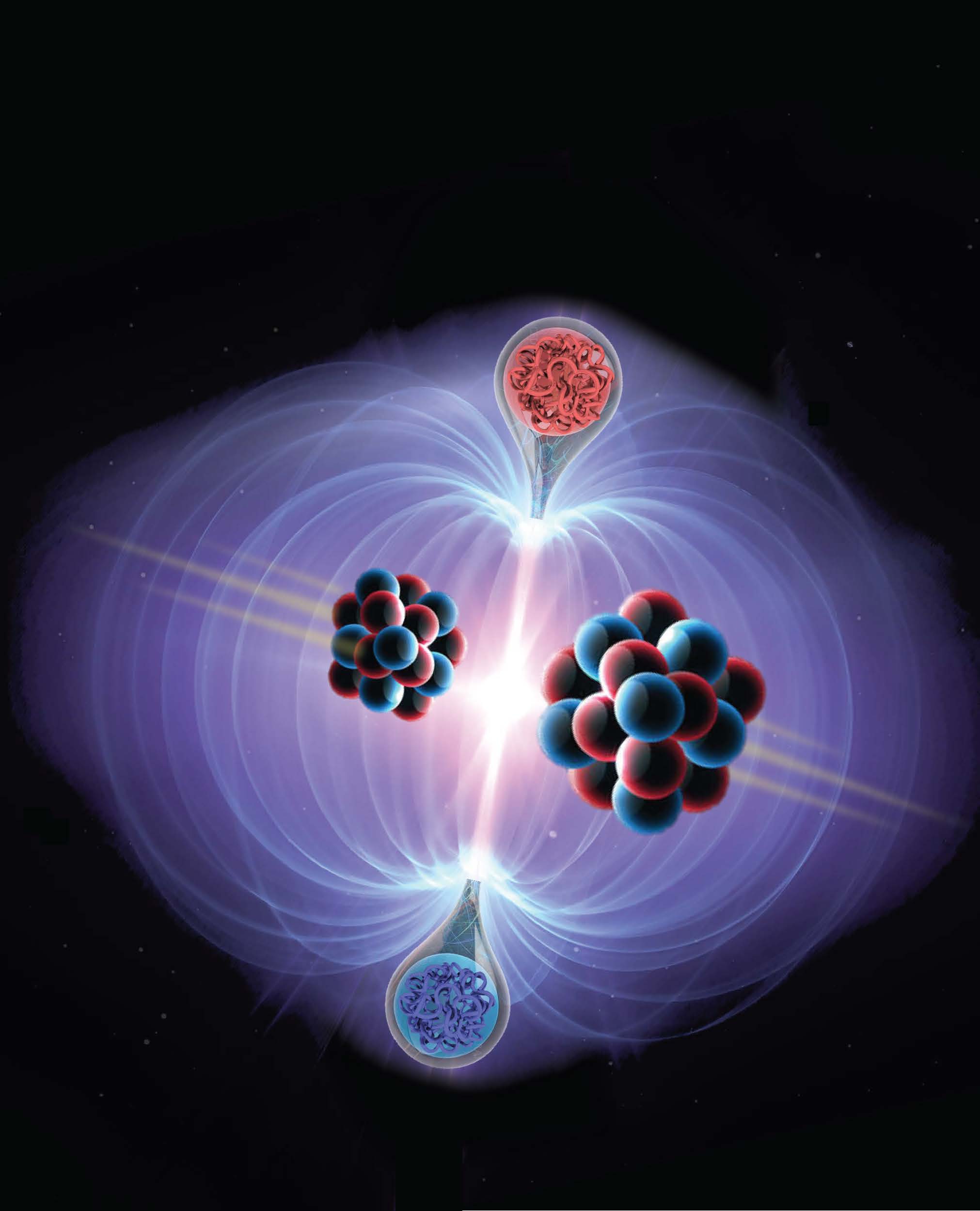TUSCALOOSA, Ala. – Finding an elusive elementary particle is more viable than ever after an international group of scientists explored a production mechanism that overcomes the limitation of previous searches.
Using the Large Hadron Collider in the European Organization for Nuclear Research, or CERN, physicists are narrowing the search and eliminating obstacles to discovery, according to findings published today in Nature.
The team with the Monopole and Exotics Detector at the LHC, or MoEDAL, experiment is searching for magnetic monopoles, hypothetical fundamental particles with only one magnetic pole. They are predicted by several theories, but not yet detected.
Confirming their existence would be transformative for physics, proving there are laws of nature not captured by the currently ruling theory of physics, the Standard Model, and allowing scientists to probe these new laws in unique ways.
“This specific monopole search was pioneering and opened a new, promising avenue for further searches,” said Dr. Igor Ostrovskiy, assistant professor of physics at The University of Alabama and corresponding author of the paper. “Ours was the first search where magnetic monopoles with finite-size – the type predicted by recent theories beyond the Standard Model – were realistically detectable, and while we did not find any, we were able to set the first reliable limits on the monopole’s mass.”
The team searched for magnetic monopole production in the collisions of heavy ions on the world’s largest and most powerful particle accelerator. The collisions generated strong magnetic fields, more powerful than those of fast-spinning neutron stars. Such strong fields could give rise to spontaneous creation of magnetic monopoles via a production mechanism theorized by a Nobel Prize-winning American physicist, Julian Schwinger. Originally formulated for electron-positron pair production in strong electric fields, the same mechanism could produce pairs of monopoles in strong magnetic fields.
“A big advantage of the Schwinger mechanism is that we can calculate its rate more reliably than for any other production processes explored at the LHC so far,” said Dr. Oliver Gould, research fellow at the University of Nottingham who performed theoretical calculations for this search. “This gives us a good idea about how many monopoles should be seen by the experiment as a function of their mass and magnetic charge. And if none are seen, then we can reliably say that magnetic monopoles must be heavier than a certain value”.
To detect magnetic monopoles, the MoEDAL researchers used a superconductive magnetometer to scan the detector modules exposed to the collider’s lead-lead collisions for signatures of trapped magnetic charge.
Through the experiment, the team was able to exclude the existence of magnetic monopoles with magnetic charges from 1 to 3 base units of magnetic charge whose mass is lighter than approximately 75 times the mass of a proton.
“For the first time, we could be in the vicinity of realizing Julian Schwinger’s idea of a particle pair production and vision of an isolated magnetic charge shared by many scientists, starting from Pierre Curie and Paul Dirac,” said Aditya Upreti, a UA doctoral student in physics who led the analysis and produced the results for the paper. “With a clearer theoretical understanding of the production process and a dedicated search experiment, we were able to place stronger limits on this process than inferred from the astrophysical and cosmological data.”
MoEDAL plans to take more data and increase its sensitivity to heavier monopoles with larger magnetic charge in the quest to find the particles.
At UA, the work was supported by the National Science Foundation.
Contact
Adam Jones, UA communications, 205-348-4328, adam.jones@ua.edu
Source
Dr. Igor Ostrovskiy, assistant professor of physics and astronomy, iostrovskiy@ua.edu
